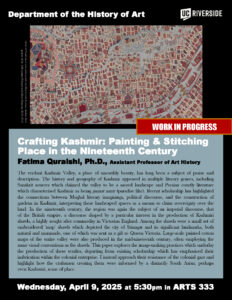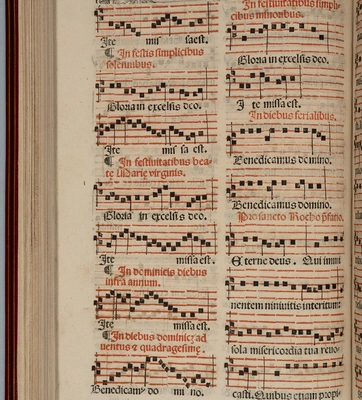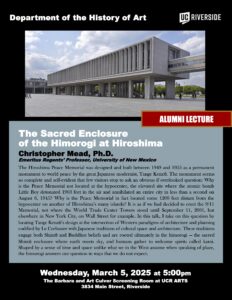Vera Molnar’s Drawing Machines: A Media Archaeology of Early Computer Graphics
Zsofi Valyi-Nagy, Ph.D Visiting Assistant Professor in Art History at Scripps College
Wednesday, May 14 at 5:30pm, INTS 1128
How do you draw a line with a computer? When the Hungarian-born, Paris-based artist Vera Molnar (1924-2023) began exper-imenting with electronic computers in 1968, this task was not as simple as the click of a mouse or the swipe of a finger. Molnar had to translate her visual language of geometric abstraction into alphanumeric instructions that a computer would understand. Though she generated thousands of computer plotter “drawings” over the next two decades, she left behind limited technical documentation from this period, leaving it up to viewers to imagine the algorithms behind her compositions. This lecture presents a media archeology of the artist’s work –– a hands-on approach that engages not only with her drawings but also her process of drawing with a computer. I will recount my “reenactment” of Molnar’s series Lettres de ma mère (My mother’s letters, 1988) using obsolete hardware and software that the artist once used. This practice-led approach foregrounds the artist’s process and historically contextualizes the material history and user experience of early interactive computing, which have been all but forgotten.




 The verdant Kashmir Valley, a place of unearthly beauty, has long been a subject of praise and description. The history and geography of Kashmir appeared in multiple literary genres, including Sanskrit sources which claimed the valley to be a sacred landscape and Persian courtly literature which characterised Kashmir as being jannat nazir (paradise like). Recent scholarship has highlighted the connections between Mughal literary imaginings, political discourse, and the construction of gardens in Kashmir, interpreting these landscaped spaces as a means to claim sovereignty over the land. In the nineteenth century, the region was again the subject of an imperial discourse, that of the British empire, a discourse shaped by a particular interest in the production of Kashmiri shawls, a highly sought after commodity in Victorian England. Among the shawls were a small set of embroidered ‘map’ shawls which depicted the city of Srinagar and its significant landmarks, both natural and manmade, one of which was sent as a gift to Queen Victoria. Large-scale painted cotton maps of the entire valley were also produced in the mid-nineteenth century, often employing the same visual conventions as the shawls. This paper explores the image-making practices which underlay the production of these textiles, departing from existing scholarship which has emphasized their imbrication within the colonial enterprise. I instead approach their resistance of the colonial gaze and highlight how the craftsmen creating them were informed by a distinctly South Asian, perhaps even Kashmiri, sense of place.
The verdant Kashmir Valley, a place of unearthly beauty, has long been a subject of praise and description. The history and geography of Kashmir appeared in multiple literary genres, including Sanskrit sources which claimed the valley to be a sacred landscape and Persian courtly literature which characterised Kashmir as being jannat nazir (paradise like). Recent scholarship has highlighted the connections between Mughal literary imaginings, political discourse, and the construction of gardens in Kashmir, interpreting these landscaped spaces as a means to claim sovereignty over the land. In the nineteenth century, the region was again the subject of an imperial discourse, that of the British empire, a discourse shaped by a particular interest in the production of Kashmiri shawls, a highly sought after commodity in Victorian England. Among the shawls were a small set of embroidered ‘map’ shawls which depicted the city of Srinagar and its significant landmarks, both natural and manmade, one of which was sent as a gift to Queen Victoria. Large-scale painted cotton maps of the entire valley were also produced in the mid-nineteenth century, often employing the same visual conventions as the shawls. This paper explores the image-making practices which underlay the production of these textiles, departing from existing scholarship which has emphasized their imbrication within the colonial enterprise. I instead approach their resistance of the colonial gaze and highlight how the craftsmen creating them were informed by a distinctly South Asian, perhaps even Kashmiri, sense of place. 
 Christopher Mead, Ph.D.
Christopher Mead, Ph.D.